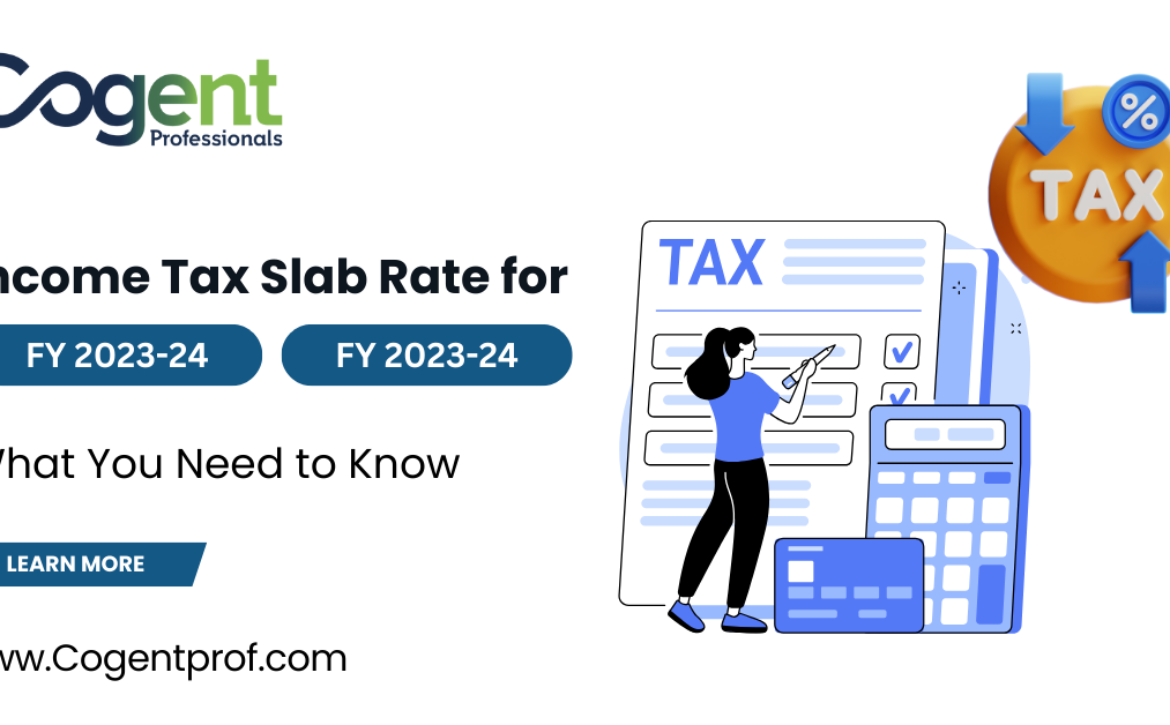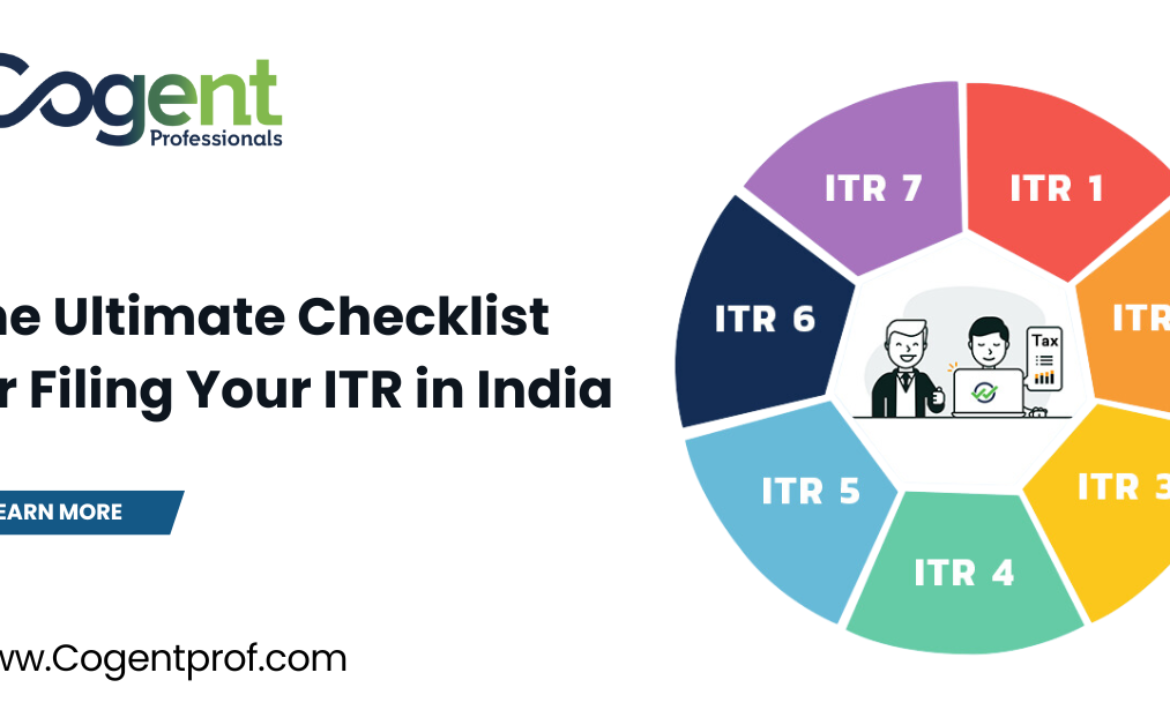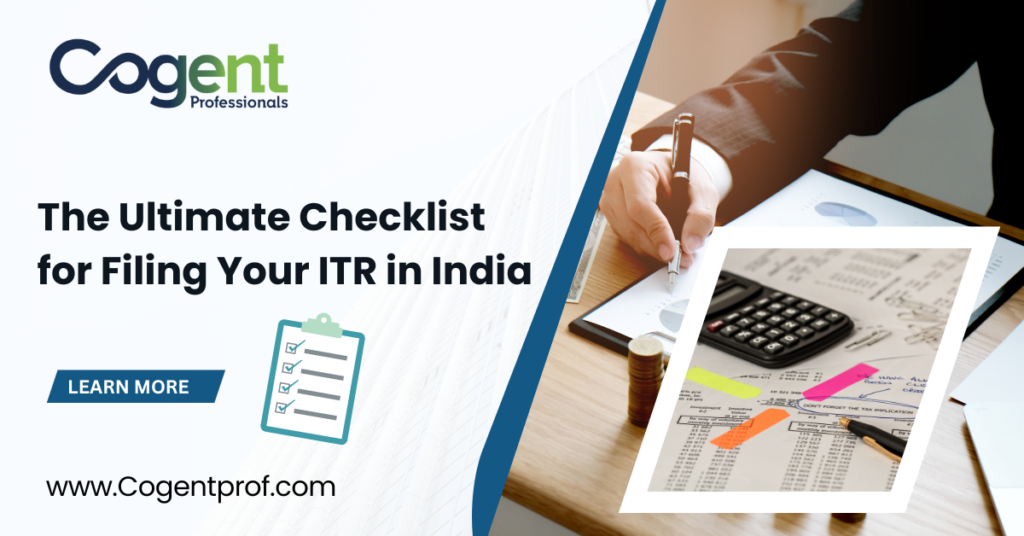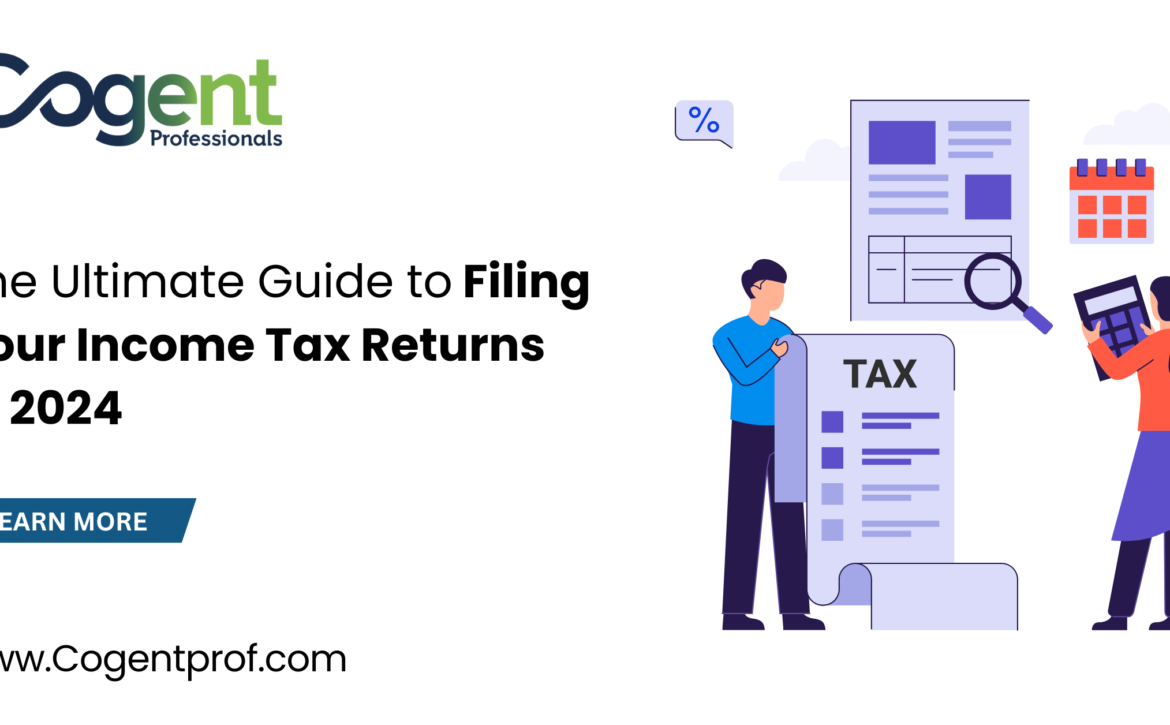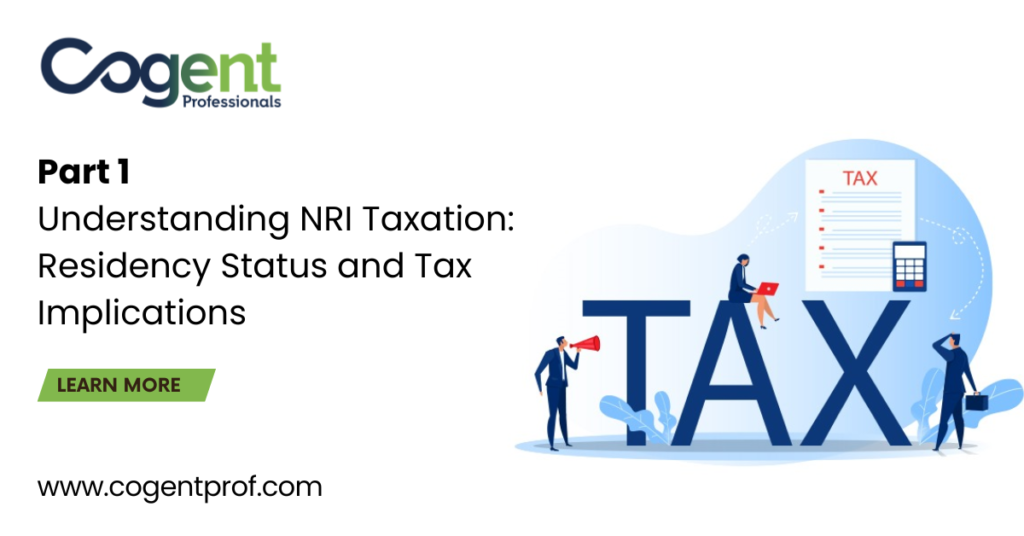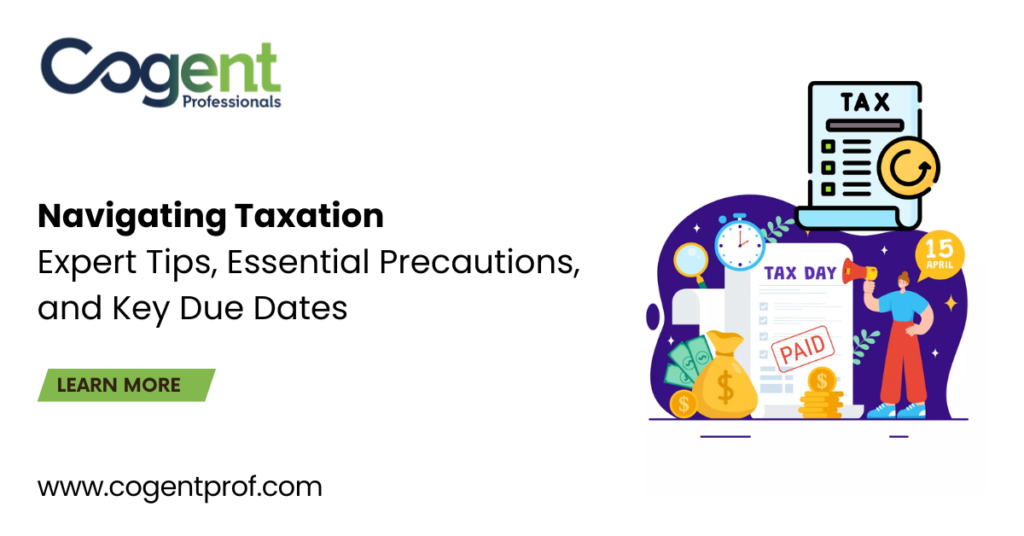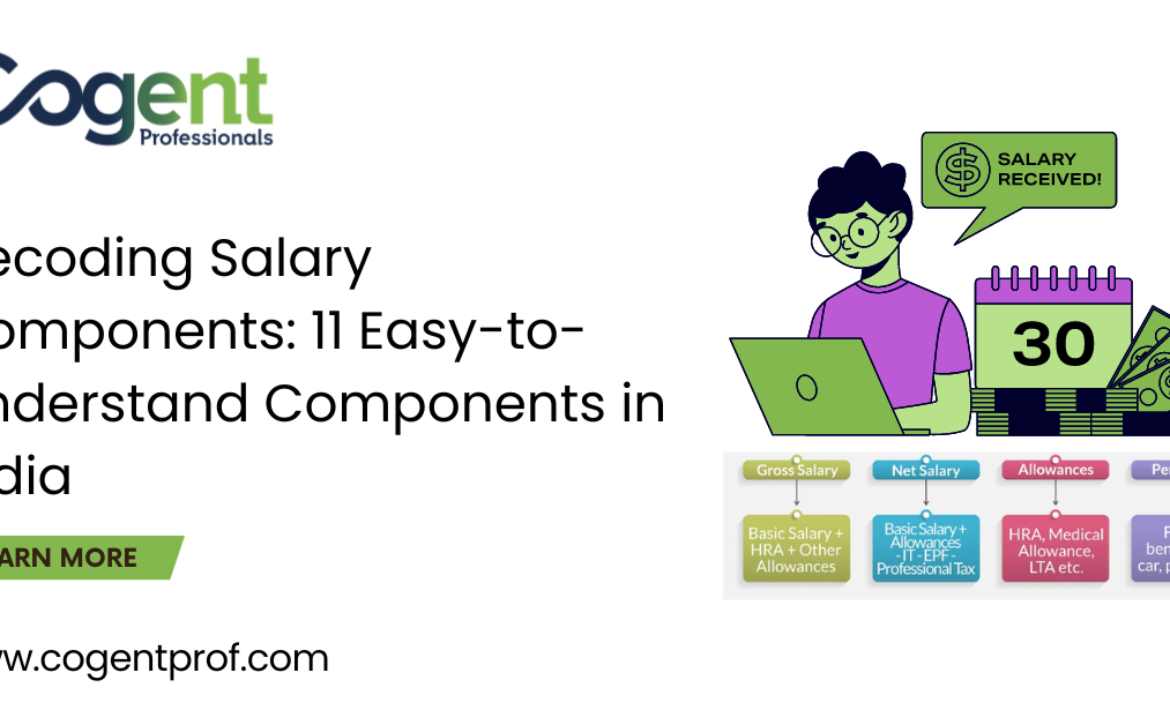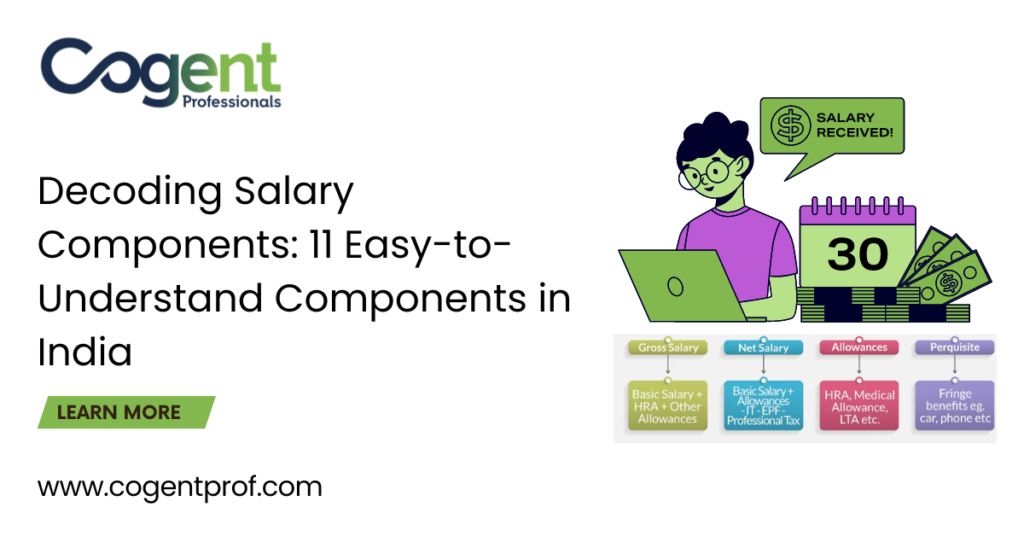Understanding the Income Tax Slab Rates for FY 2023-24, AY 2024-25: New vs. Old Tax Regimes
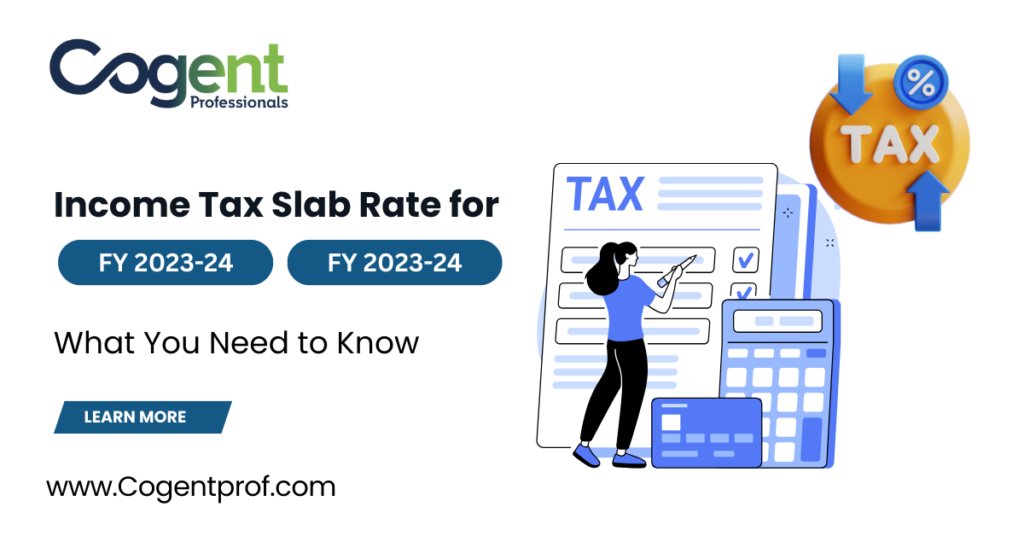
Understanding the Income Tax Slab Rates for FY 2023-24, AY 2024-25: New vs. Old Tax Regimes
The income tax slab rate is the percentage of tax you pay on your income, determined by the income range you fall into. This rate varies for different taxpayer categories, such as individuals, HUFs, and companies, and changes annually based on government budget announcements.
This blog post explores the income tax slab rates for FY 2023-24, AY 2024-25, as proposed in the Finance Bill, 2023. We will also compare the new and old tax regimes to help you decide which one suits you better.
Income Tax Slab Rate for FY 2023-24, AY 2024-25: New Tax Regime vs. Old Tax Regime
The Finance Bill, 2023, introduced significant changes to the income tax slab rates, especially for the new tax regime, which offers lower tax rates but fewer deductions and exemptions.
| Income Range | New Tax Regime | Old Tax Regime |
|---|---|---|
| Up to Rs. 2.5 lakh | Nil | Nil |
| Rs. 2.5 lakh to Rs. 5 lakh | 5% | 5% |
| Rs. 5 lakh to Rs. 7.5 lakh | 10% | 10% |
| Rs. 7.5 lakh to Rs. 10 lakh | 15% | 15% |
| Rs. 10 lakh to Rs. 12.5 lakh | 20% | 20% |
| Rs. 12.5 lakh to Rs. 15 lakh | 25% | 25% |
| Above Rs. 15 lakh | 30% | 30% |
The new tax regime offers lower tax rates for most income ranges, except the lowest and highest ones. However, it also has some drawbacks, such as no deductions or exemptions (e.g., 80C, 80D, 80G), no standard deduction for salaried individuals, no rebate under section 87A, no relief under section 89, and no option for presumptive taxation under sections 44AD, 44ADA, or 44AE.
In contrast, the old tax regime allows you to claim these benefits but at higher tax rates. Therefore, you need to weigh the pros and cons of both regimes to choose the one that suits your income and expenses better.
How to Choose Between the New Tax Regime and the Old Tax Regime?
Choosing between the new and old tax regimes depends on your income level, sources of income, investments, expenses, deductions, and exemptions. Follow these steps to decide:
- Calculate your taxable income under both regimes: Add all your income from various sources (e.g., salary, house property, capital gains, business or profession).
- Calculate your tax liability under both regimes: Apply the income tax slab rates for FY 2023-24, AY 2024-25. Don’t forget to add surcharge and cess, if applicable.
- Compare your tax liability under both regimes: Choose the regime with the lower tax liability.
Example:
Assume an individual with a salary income of Rs. 12 lakh, who has invested Rs. 1.5 lakh in 80C, Rs. 25,000 in 80D, and Rs. 10,000 in 80G. With a standard deduction of Rs. 50,000 and a rebate of Rs. 12,500 under section 87A:
| Particulars | New Tax Regime | Old Tax Regime |
|---|---|---|
| Salary income | Rs. 12 lakh | Rs. 12 lakh |
| Deductions and exemptions | Nil | Rs. 2.35 lakh |
| Taxable income | Rs. 12 lakh | Rs. 9.65 lakh |
| Tax liability | Rs. 1.79 lakh | Rs. 1.11 lakh |
| Rebate | Nil | Rs. 12,500 |
| Net tax liability | Rs. 1.79 lakh | Rs. 98,500 |
The old tax regime is better in this case, as it reduces the net tax liability by Rs. 80,500. However, if you have no investments or deductions, the new tax regime may be better due to its lower tax rates.
Conclusion
The income tax slab rates for FY 2023-24, AY 2024-25, are crucial for tax planning and savings. Choosing between the new and old tax regimes depends on your specific income and expenses. Compare the tax liability under both regimes to see which one offers more savings.
For expert guidance, Gorantla Associates provides comprehensive support to ensure a smooth and compliant ITR filing process.

